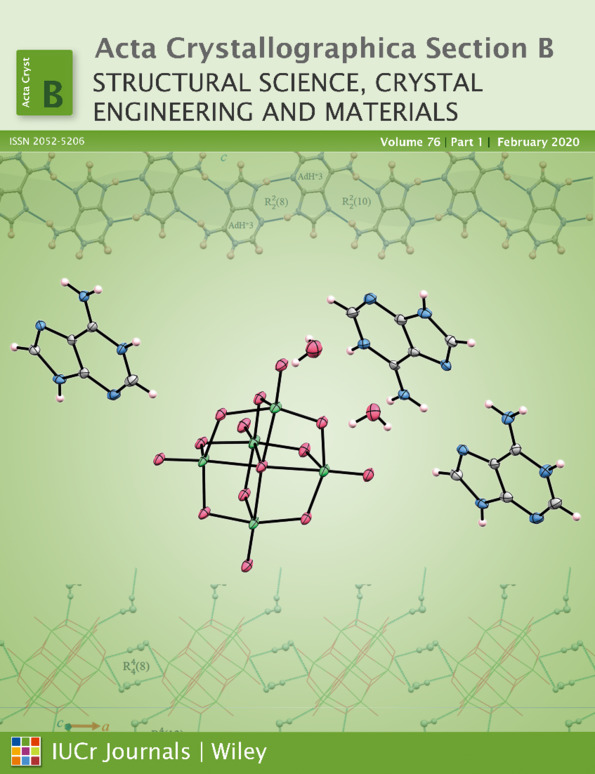The solubility and stability of heterocyclic chalcones compared with trans-chalcone
Abstract
Heterocyclic chalcones are a recently explored subgroup of chalcones that have sparked interest due to their significant antibacterial and antifungal capabilities. Herein, the structure and solubility of two such compounds, (E)-1-(1H-pyrrol-2-yl)-3-(thiophen-2-yl)prop-2-en-1-one and (E)-3-phenyl-1-(1H-pyrrol-2-yl)prop-2-en-1-one, are assessed. Single crystals of (E)-1-(1H-pyrrol-2-yl)-3-(thiophen-2-yl)prop-2-en-1-one were grown, allowing structural comparisons between the heterocyclic chalcones and (2E)-1,3-diphenylprop-2-en-1-one, trivially known as trans-chalcone. The two heterocyclic chalcones were found to be less soluble in all solvents tested and to have higher melting points than trans-chalcone, probably due to their stronger intermolecular interactions arising from the functionalized rings. Interestingly, however, it was found that the addition of the thiophene ring in (E)-1-(1H-pyrrol-2-yl)-3-(thiophen-2-yl)prop-2-en-1-one increased both the melting point and solubility of the sample compared with (E)-3-phenyl-1-(1H-pyrrol-2-yl)prop-2-en-1-one. This observation may be key for the future crystal engineering of heterocyclic chalcones for pharmaceutical applications.




